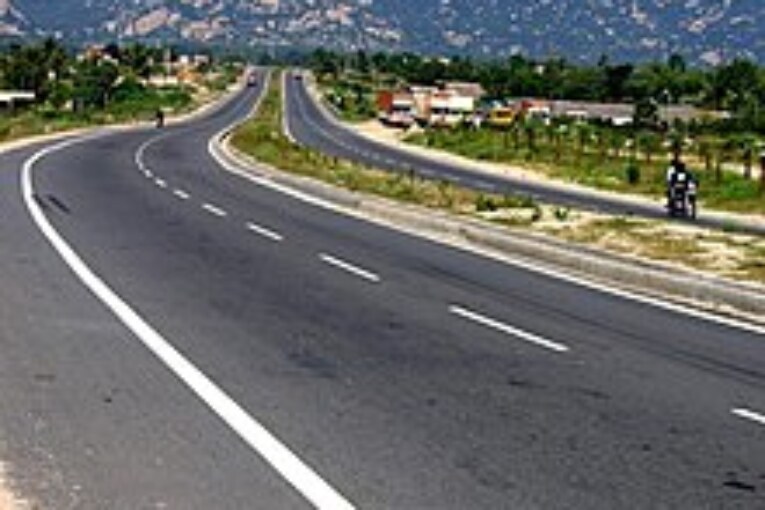
Introduction
Roads can be classified in many ways. The most common classification is based on speed and accessibility. The classification standards differ from a country to another. This presentation will be based on Australian classification.
Freeways or express ways
A free way is a highway with separated lanes, traffic doesn’t stop in freeways. Interchanges (ramps) are used to enter and exit freeways.
Freeways have strict classification rules
· Multi-Lane divided road.
· No cross traffic.
· No stop lights or stop signs.
· No parking.
· Highest speed limits, with a minimum speed limits sometimes.
· Limited access.
· Access restrictions like: #No pedestrians #No bicycles
· Entrance ramps are typically designed with an acceleration zone so that cars can accelerate upto free way speeds before merging into freeway traffic.
· Exit ramps are typically designed with a deceleration zone so that traffic can exit the freeway at freeway speeds without obstructing traffic, then have sufficient distance to slow down before any turns.
Major Highway
· High speeds almost like freeway speeds.
· Divided lanes.
· Turning traffic is typically limited to specified turn lanes or freeway style ramps to minimize obstructions to thru traffic.
· Partially limited access with few minor streets intersecting with this road.
· Can have stoplights or freeway style interchanges.
· No stop signs.
· Pedestrian crossings may be limited.
· Local business access is often restricted to frontage roads or other streets.
Minor Highway
· A highway that is between residential areas, or in rural areas.
· Can have divided or not divided lanes.
· Can have stop lights.
Arterials
· It is a general term denoting a street primarily meant for through traffic.
· Usually on a continuous route. They are generally divided highways with fully or partially controlled access. Parking, loading and unloading activities are usually restricted are regulated. Pedestrians are allowed to cross only at intersections/designated pedestrian crossings.
· Arterial road is to deliver traffic from collector roads to freeways or expressways, and between urban centers at the highest level of service possible. As such, many arteries are limited-access roads, or features restrictions on private access.
· Serve to carry longer- distance flows between important centers of activity.
They are often hazardous to people on foot.
Collector road or distributor road
· These are streets intended for collecting and distributing traffic to and from local streets.
· Also it provides access to arterial streets.
· Normally full access is provided on these streets.
· Speed limits are typically 30-55km/h.
Local Streets
· Its streets that gain access to properties around it.
· Its designed for low volume traffic an small capacity.
· It has full access and slow speeds.


